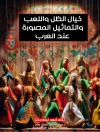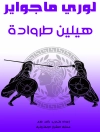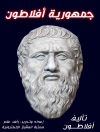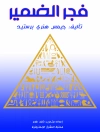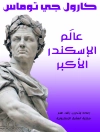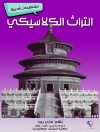This volume centers on the application of social theory to commingled remains with special focus on the cultural processes that create the assemblages as a way to better understand issues of meaning, social structure and interaction, and lived experience in the past. The importance of the application of theoretical frameworks to bioarchaeology in general has been recognized, but commingled and fragmentary assemblages require an increased theoretical focus. Too often these assemblages are still relegated to appendices; they are analytical puzzles that need the interpretive power offered by social theory.
Theoretical Approaches to Analysis and Interpretation of Commingled Human Remains provides case studies that illustrate how an appropriate theoretical model can be used with commingled and fragmentary remains to add to overall site and population level interpretations of past and present peoples. Specifically, the contributions show a blending and melding of different social theories, highlighting the broad interpretive power of social theory. Contributors are drawn from both the Old and New World. Temporally, time periods from the Neolithic to historic periods are present, further widening the audience for the volume.
विषयसूची
Chapter 1: Introduction Debra Martin and Anna J. Osterholtz.- Chapter 2: A Tale of Two Platforms: Commingled Remains and the Life-Course of Houses at Neolithic Çatalhöyük Scott D. Haddow, Joshua W. Sadvari, Christopher J. Knüsel and Rémi Hadad.- Chapter 3: Bodies in Motion: Identity and Migration in Cyprus during the Bronze Age Anna J. Osterholtz.- Chapter 4: Part of the Family: Age, identity and burial in Copper Age Iberia Jess Beck.- Chapter 5: Limited Circumstances: Creating a Better Understanding of Prehistoric Peoples through the Reanalysis of Collections of Commingled Human Remains Maria Panakhyo and Keith Jacobi.- Chapter 6: When space is limited: A spatial exploration of pre-Hispanic mortuary and ritual microlandscape Lori Epistein and J. Marla Toyne.- Chapter 7: Patterned Processing as Performative Violence Anna Osterholtz.- Chapter 8: Contexts, needs and social messaging: Situating Iroquoian human bone artifacts in southern Ontario, Canada Tara Jenkins.- Chapter 9: In morbo et in morto: transforming age and identity within the mortuary context of Oymaağaç Höyük, northern Turkey Kathryn E. Marklein and Sherry C. Fox.- Chapter 10: Linking Health and Marriage Practices among Commingled Assemblages: A Case Study from Bronze Age Tell Abraq, UAE Kathryn Baustian and Cheryl Anderson.- Chapter 11: Cemetery
Preservation and Beautification of Death: Investigations of Unmarked Early to Mid-Nineteenth Century Burial Grounds and Cemeteries in Central KentuckyPeter Killoran,
David Pollack,
Stuart Nealis,
Emily Rinker.- Chapter 12: Commingled Bodies and Mixed and Communal Identities
Tiffiny A. Tung.
लेखक के बारे में
Anna Osterholtz has recently completed her Ph.D. at the University of Nevada-Las Vegas focusing on social change, migration, and identity during the Bronze Age on Cyprus. Her primary research interests center around commingled and fragmentary assemblages of human remains and the unique stories they tell. She has active research projects in the Americas, Europe, the Middle East, and the Mediterranean.


